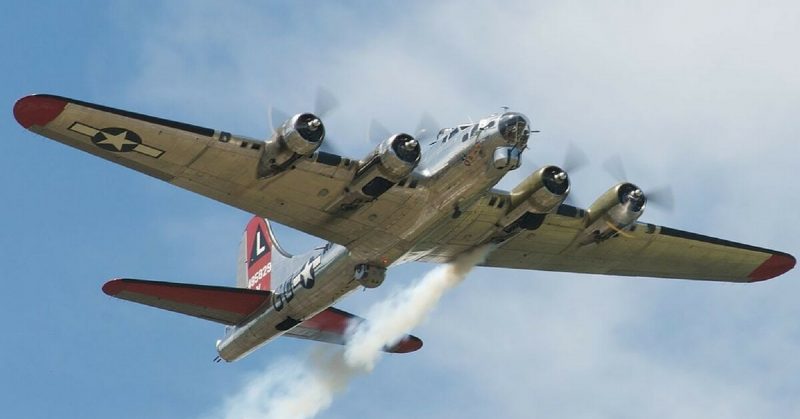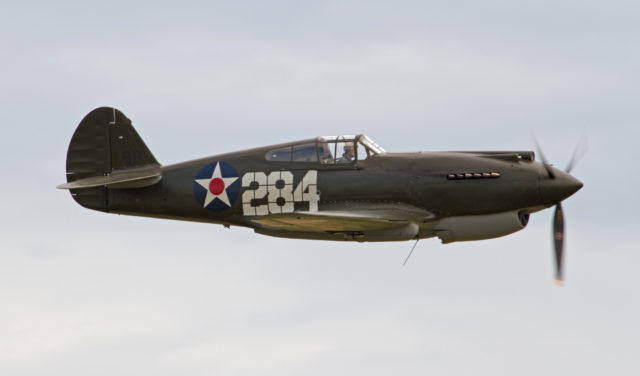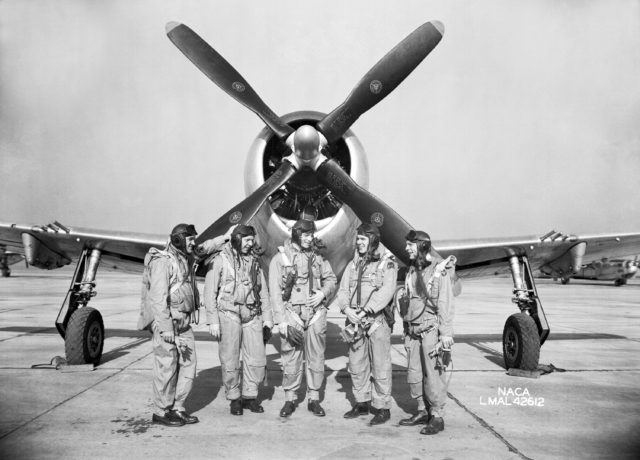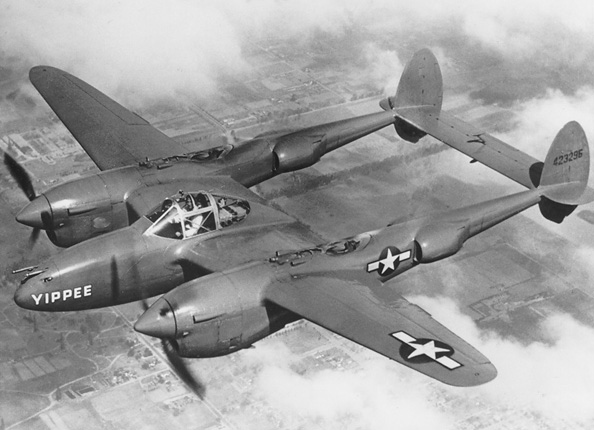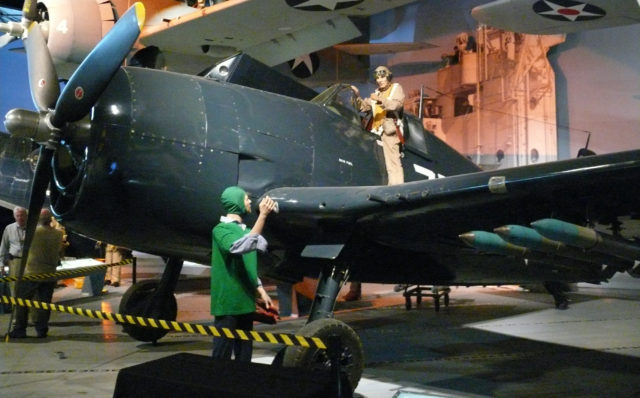Aircraft had begun to play a crucial role in the battles of World War I, but by the Second World War, aircraft had become a huge part of the Allied strategy.
Bombing runs on Germany were carefully targeted to destroy manufacturing plants. This approach was essential as it crippled the German tank forces. German tanks were incredibly powerful and complex, but also prone to breaking down. American forces could not compete with the Panzer tank divisions directly; they could, however, make it impossible for German tanks to be repaired.
The following were some of the most important light and medium weight bombers in the United States Air Force.
Boeing B-17
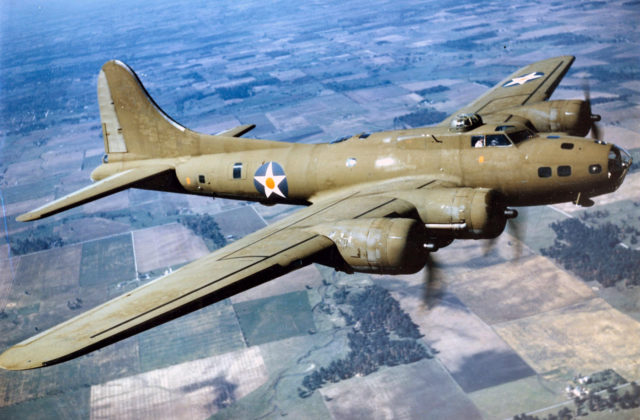
The “Flying Fortress” is regarded as the most important American bomber of the war. Flying more than a quarter of a million sorties, they dropped over 600,000 pounds of bombs. The B-17 was the cornerstone of American bombing runs in both the Pacific and European theaters.
The aircraft weighed more than 15 tons and flew at speeds of 200 mph and more. Starting with the E variant, the planes operated turrets for self-defense.
Curtiss P-40 Warhawk
The Curtiss P-40 was developed in 1938 and was used by all the Allied powers in the war effort. P-40s were present at Pearl Harbor, and the one shown above, photographed in 2011, is the only surviving Warhawk from that attack. The British RAF used the P-40 in both North African and Middle Eastern campaigns.
P-47 Thunderbolt
Manufactured by Republic Aviation, the P-47 was one of the heaviest American fighters, weighing in at 8 tons. Carrying roughly half the bombing capacity of the B-17, the P-47 also had eight machine guns on each wing, making the plane versatile and very dangerous in the air.
Nicknamed Jugs, these planes flew in the European theater in Italy and France and also flew against Japanese aircraft.
P-38 Lightning
The P-38 had a very different body construction and profile than other fighters and bombers of World War II. It was manufactured by Lockheed Martin.
By eliminating the nose propeller, and installing armament in its place, the fighter was equipped with deadly accurate weapons, as well as RADAR and sensor equipment. It is said German forces nicknamed the plane “fork-tailed devil.”
The fighter was used for interception bombings, escort services, and survey work. It was primarily in operation in the Pacific theater.
F6F Hellcat
As a carrier-based fighter, the Hellcat was designed to replace the previous F4F model. The aircraft was primarily used in the Pacific and was dominant during the second half of the war. Various Hellcats have been credited with more than 5,000 destroyed enemy aircraft, more than any other Allied fighter. Over 12,000 planes were constructed in just two years.
P-51 Mustang
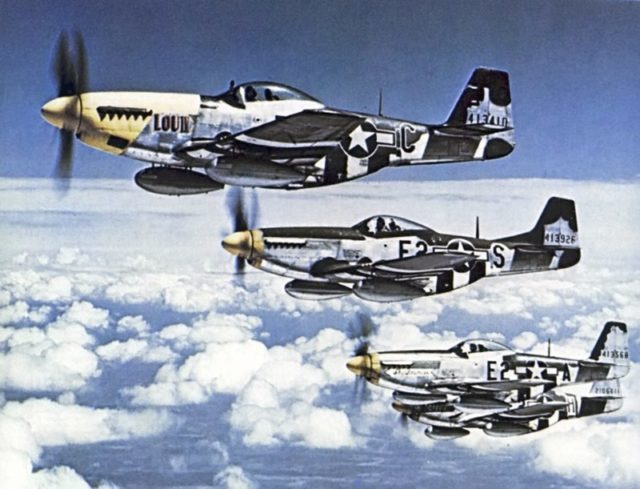
Introduced in the second half of the war, the P-51 Mustang was crucial throughout the European theater. Used by the Royal Air Force and American Forces, the Mustang was the preferred aircraft to escort daytime bombing runs. Considered a modern fighter at the time, the aircraft was in use throughout the Korean War.
Overall Importance of Aircraft
In earlier wars, the use of ships in battles was crucial, with countries such as Spain and England dominating the world through their naval power. During the Second World War, aircraft dramatically changed the way wars were fought, with the Japanese and American forces fighting epic air battles over the Pacific Ocean.
In the European theater, aircraft had been used in ways similar to the First World War; bombing runs designed to threaten military targets and disrupt troop and supply movements behind enemy lines.
